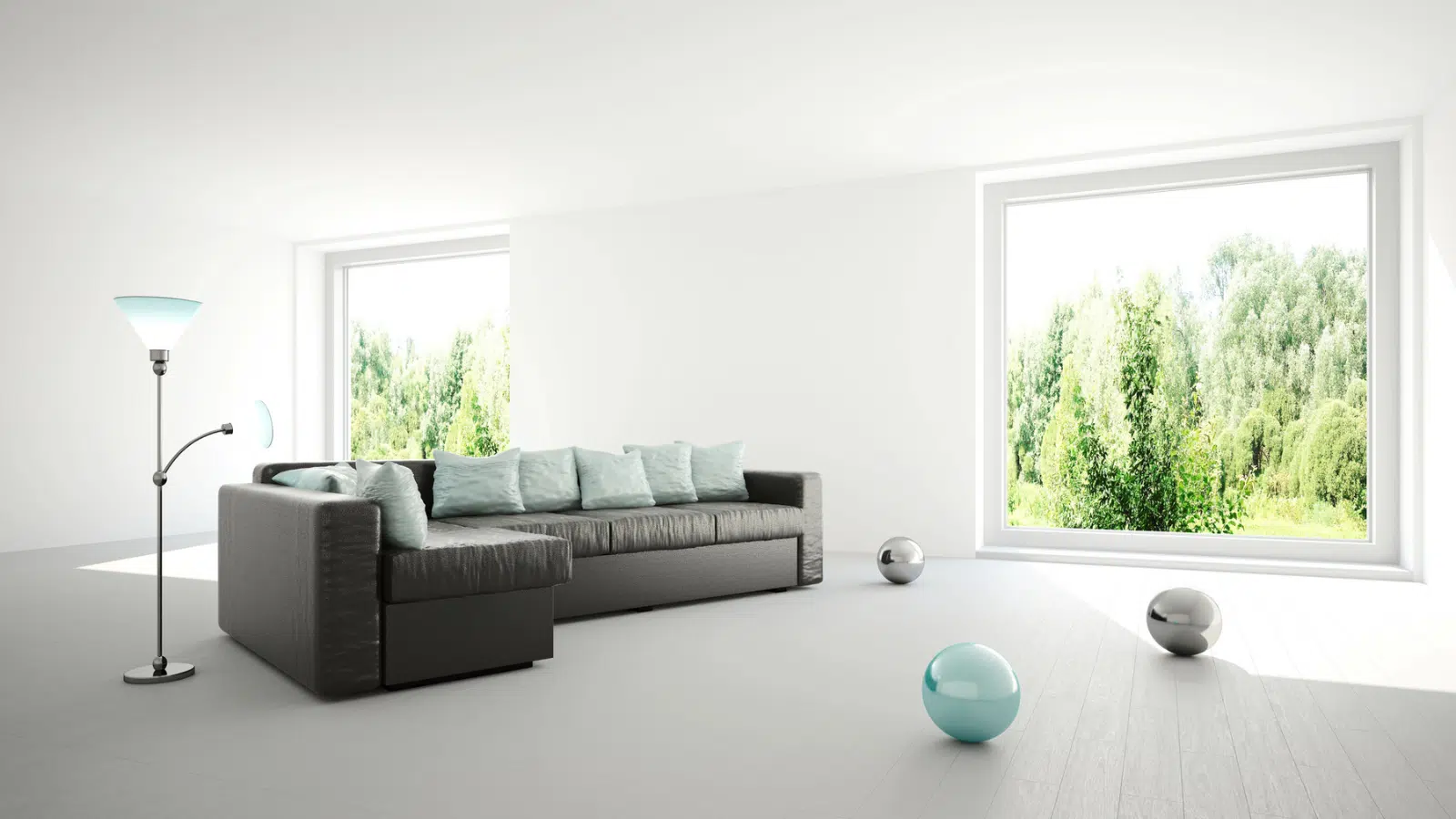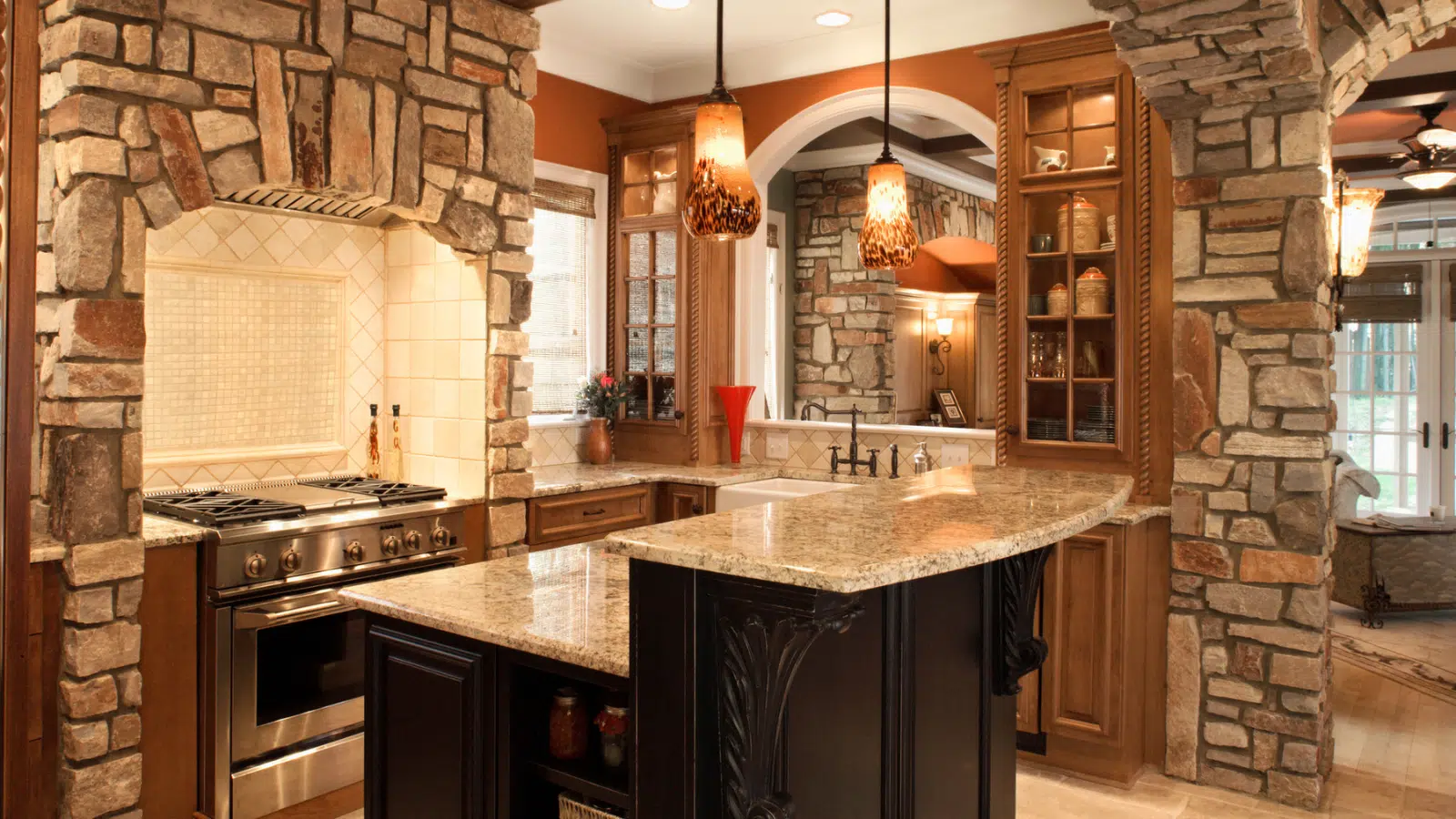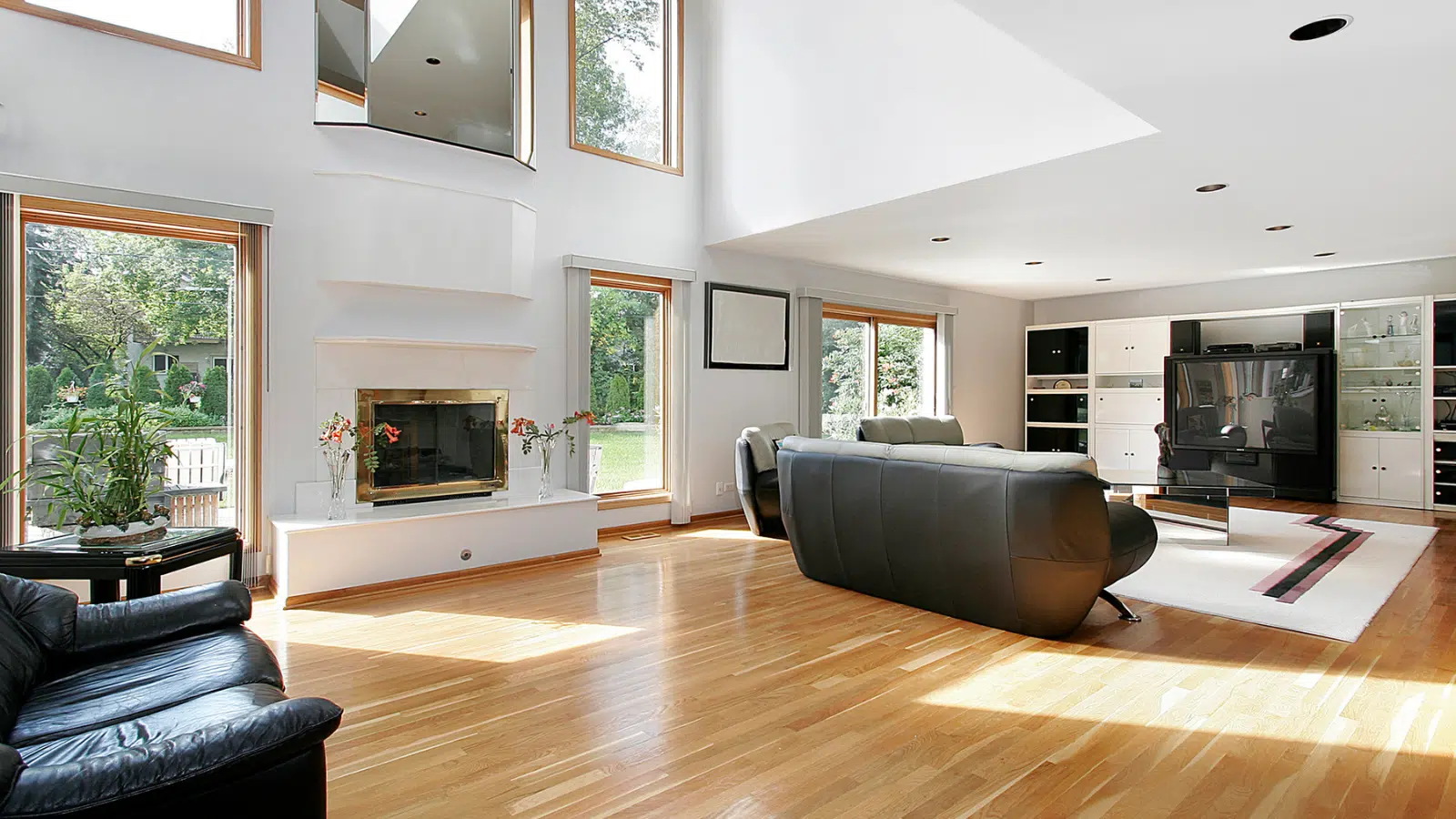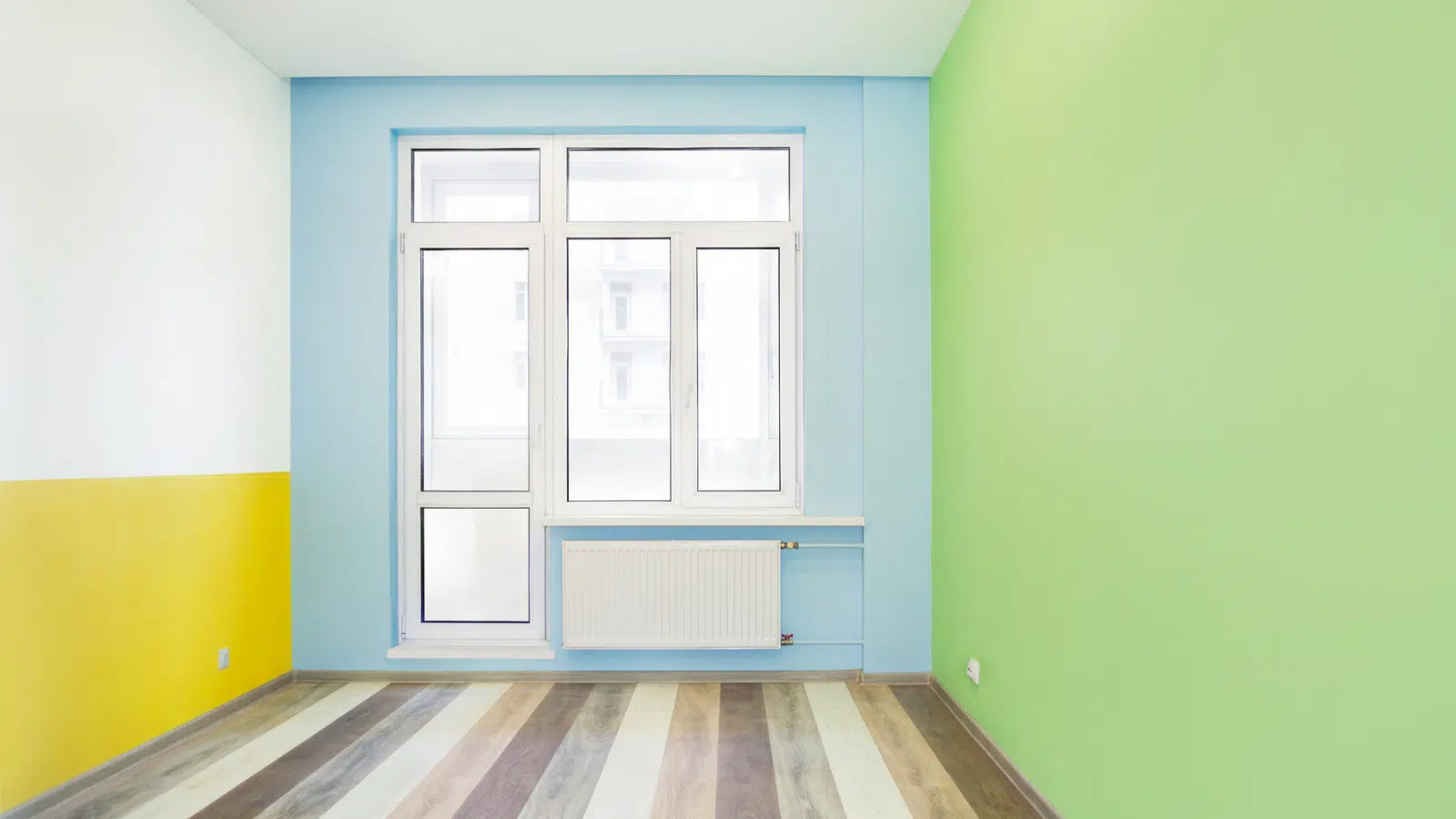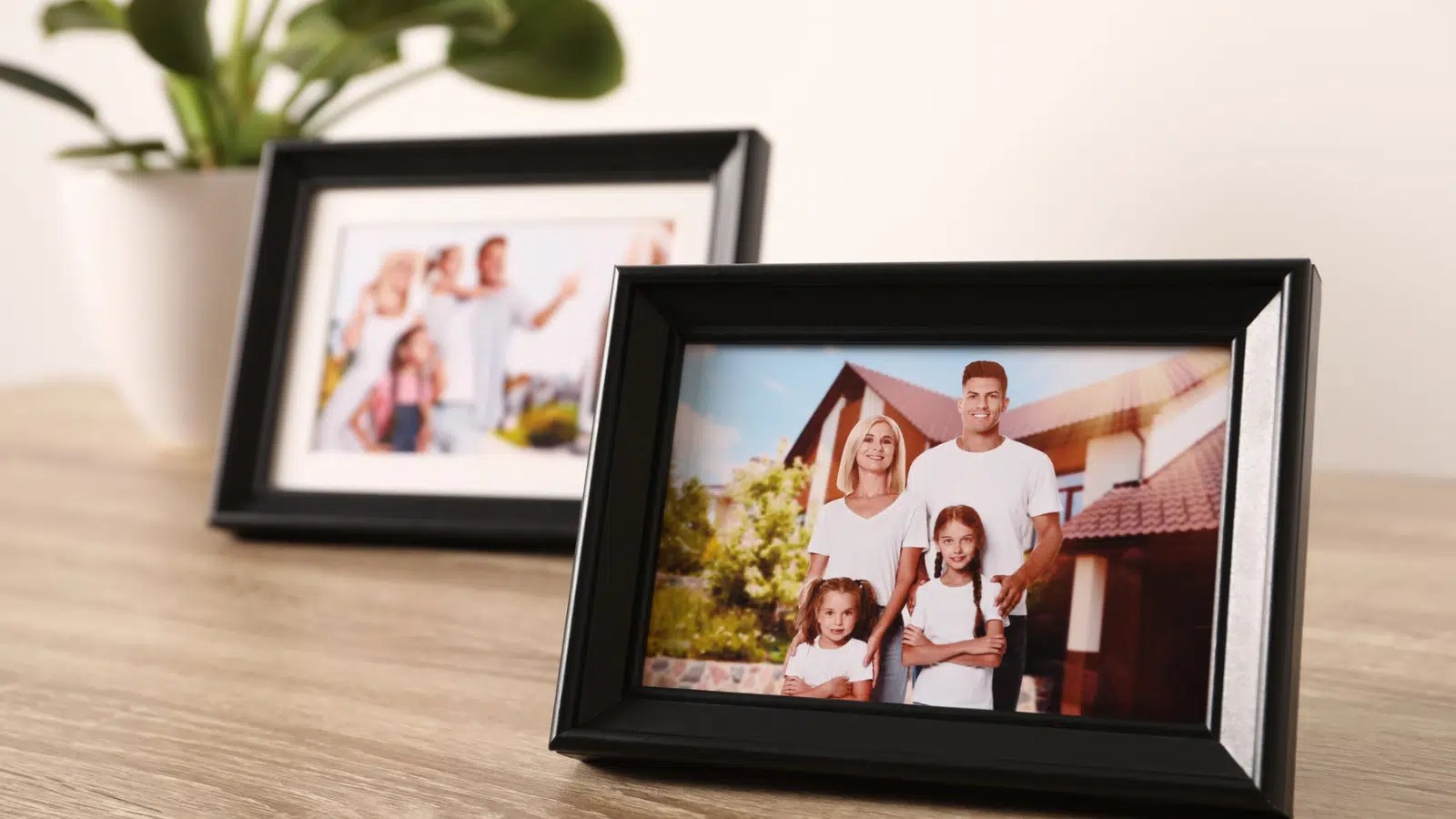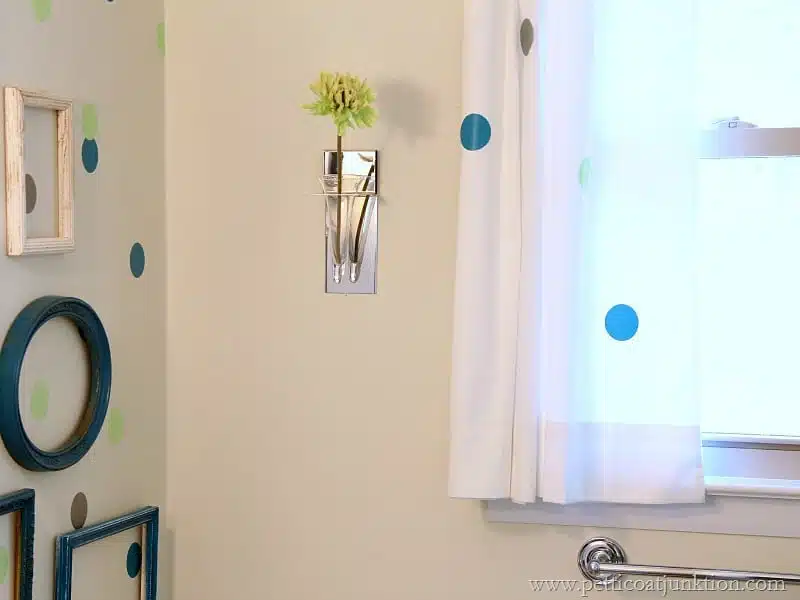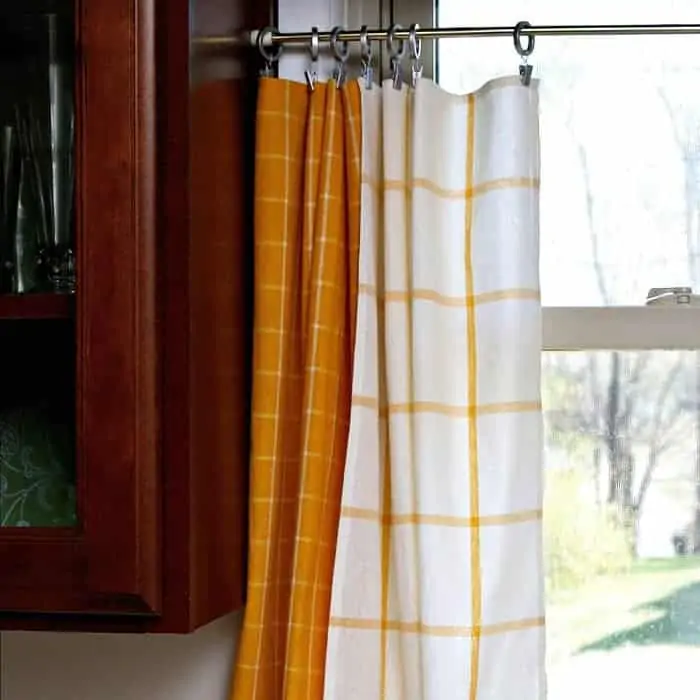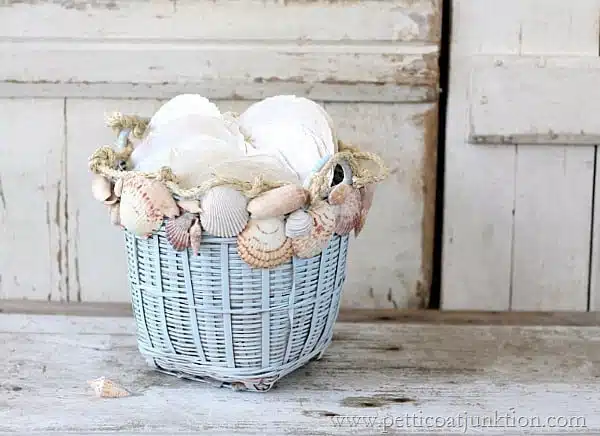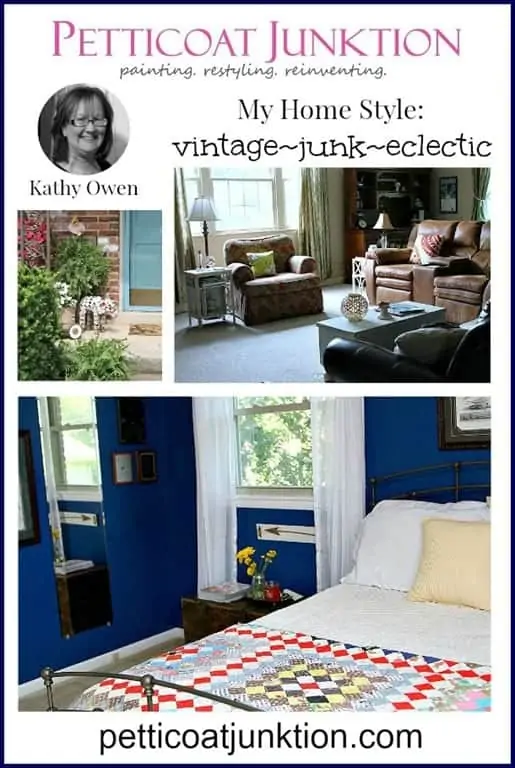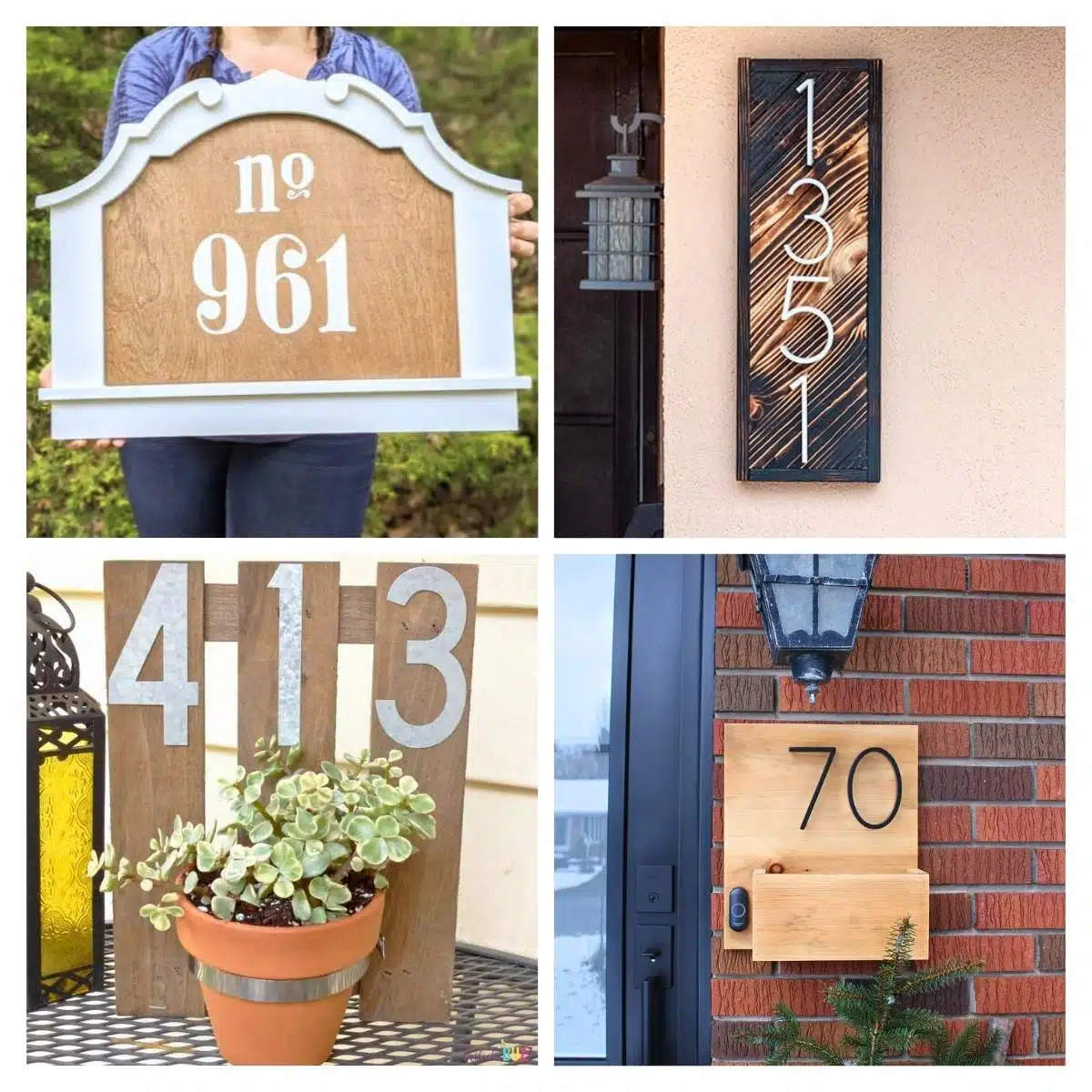10 Home Decorating Mistakes That Could Sabotage All Your Hard Work
As an Amazon Associate, I earn from qualifying purchases.
Starting a home decorating project can be an exciting adventure. However, it is essential to have the proper guidance to avoid common mistakes. This article will reveal the top 10 home decorating mistakes many people make without realizing it.
Whether you’re experienced in DIY projects or just starting out, knowing about these mistakes can prevent you from having a decor disaster and help you create the stylish home you imagine.
1. Impulsive Purchases
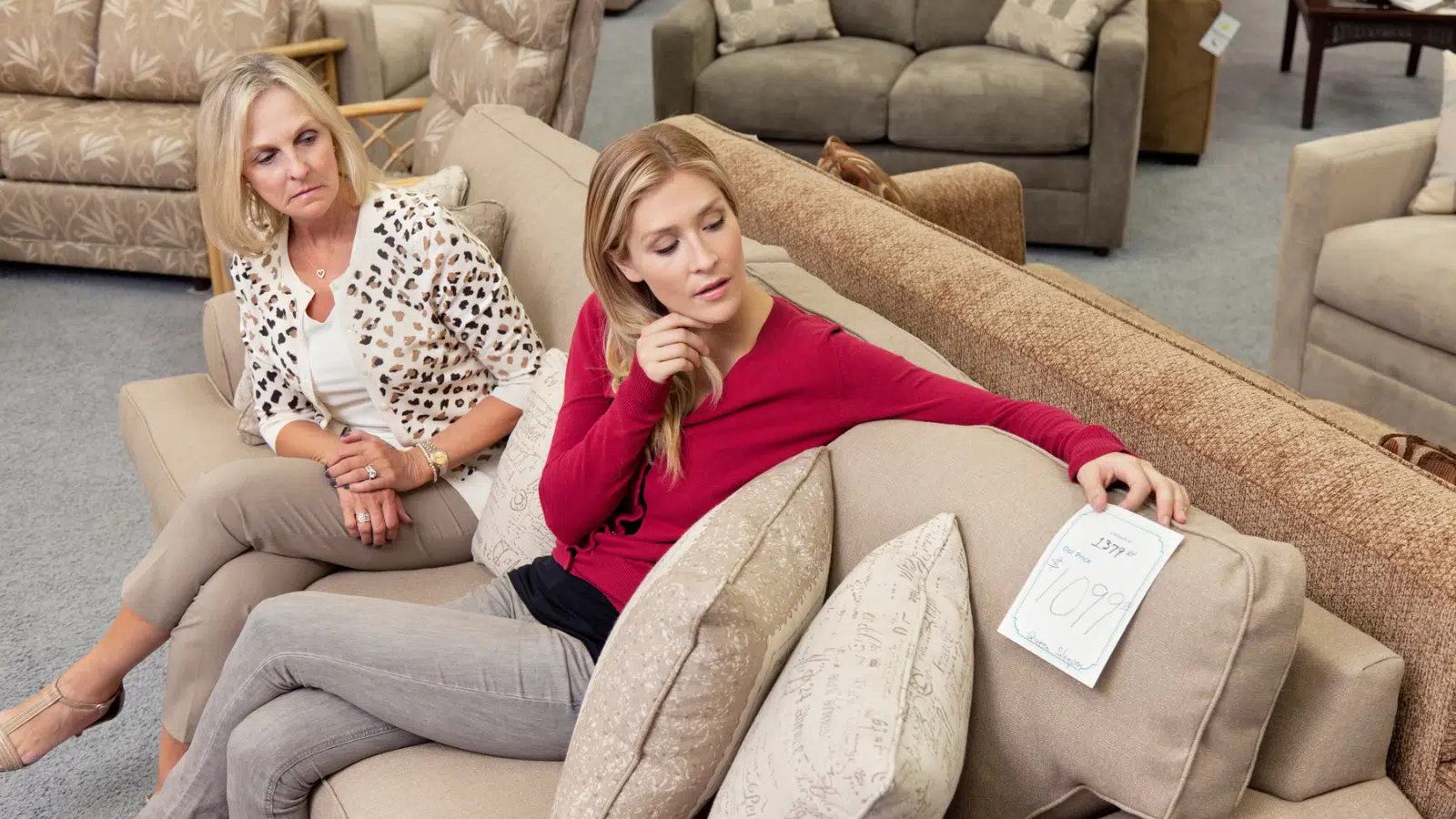
Making impulsive purchases can disrupt your carefully planned decor vision. Before getting something new for your home, take the time to look at different options. Think about how each piece fits into the overall look you want for your space and if it matches your long-term ideas for how you want it to be.
Don’t just think about how it looks right away. Consider how it will fit into the bigger picture of your home’s style. Thinking about each choice will help you create a well-put-together and lasting look for your space.
2. Misjudging Room Proportions
Misjudging how big or small things are in a room can make it look strange and unbalanced. Consider how your furniture fits in the space and ensure each piece works well without making the room feel crowded.
Finding the right balance is important to make the room inviting and cozy. No one piece should take over the whole space. Everything should work together to make the room look and feel just right.
3. Overlooking the Power of Textures
Adding different textures to a room is like giving it layers, making it more interesting. But lots of times, people forget this detail. Don’t just stick to one kind of texture in your decor—that’s a mistake. Instead, mix up materials like wood, metal, fabric, and glass.
Using a variety of textures makes the room look more exciting. It’s about how it looks and how it feels. Different textures create a visually exciting space you can explore by touching different surfaces. It adds a unique touch and makes your room stand out.
4. Ignoring the Flow Between Spaces
Ensuring your rooms fit well together is crucial for a nicely designed house. If you ignore how one room connects to another, it can look messy and all over the place. So, what you need to do is focus on keeping things consistent.
Make sure the colors, the floors, and the overall theme match from one room to the next. This makes moving from one part of your home to another feel smooth and natural. It’s like connecting the dots and helping create a home that looks and feels put together in a way that’s pleasing to the eye.
5. Neglecting the Power of Color
The colors you pick for a room can really change its vibe. Big, bold colors can make a strong statement, but if you use too many or pick colors that don’t go well together, it can be difficult for your eyes to handle. Sticking to a set of colors that work well together is better. Think about having a main color and then using neutrals, like whites or grays, to balance things out.
This mix of colors can create a more calming and well-balanced feel. Also, think about the psychology of colors—how different colors can make you feel. For example, blues and greens can be calming, while reds and yellows can bring energy. Considering these aspects helps you choose colors that match your desired emotions in each room.
6. Neglecting the Impact of Wall Art and Decor
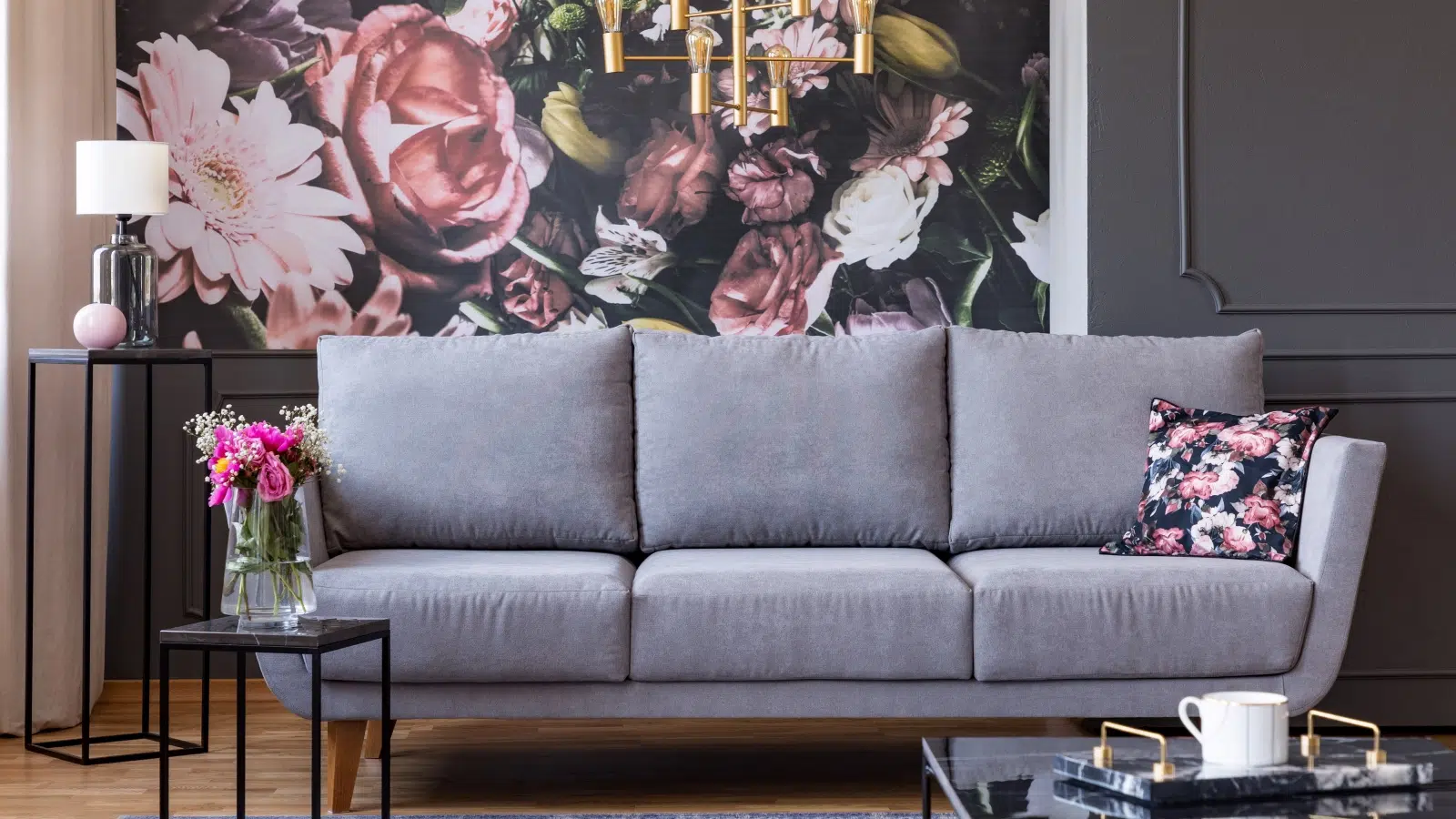
Another mistake to watch out for in DIY decor is remembering the impact wall art and decor have on a room. Walls are like blank canvases that add to the overall feel of a room. Your space might feel incomplete if you don’t pay attention to them. Please don’t make the mistake of leaving your walls bare or putting up decor without thinking about it.
Instead, carefully choose wall art that goes well with the theme and colors of the room. Think about how big the wall art is compared to the size of the wall so it fits just right. The right wall decor can unite the whole room, giving it character and making it more interesting. So, when you’re decorating, don’t forget about your walls—they can make a big difference!
7. Neglecting the Fifth Wall
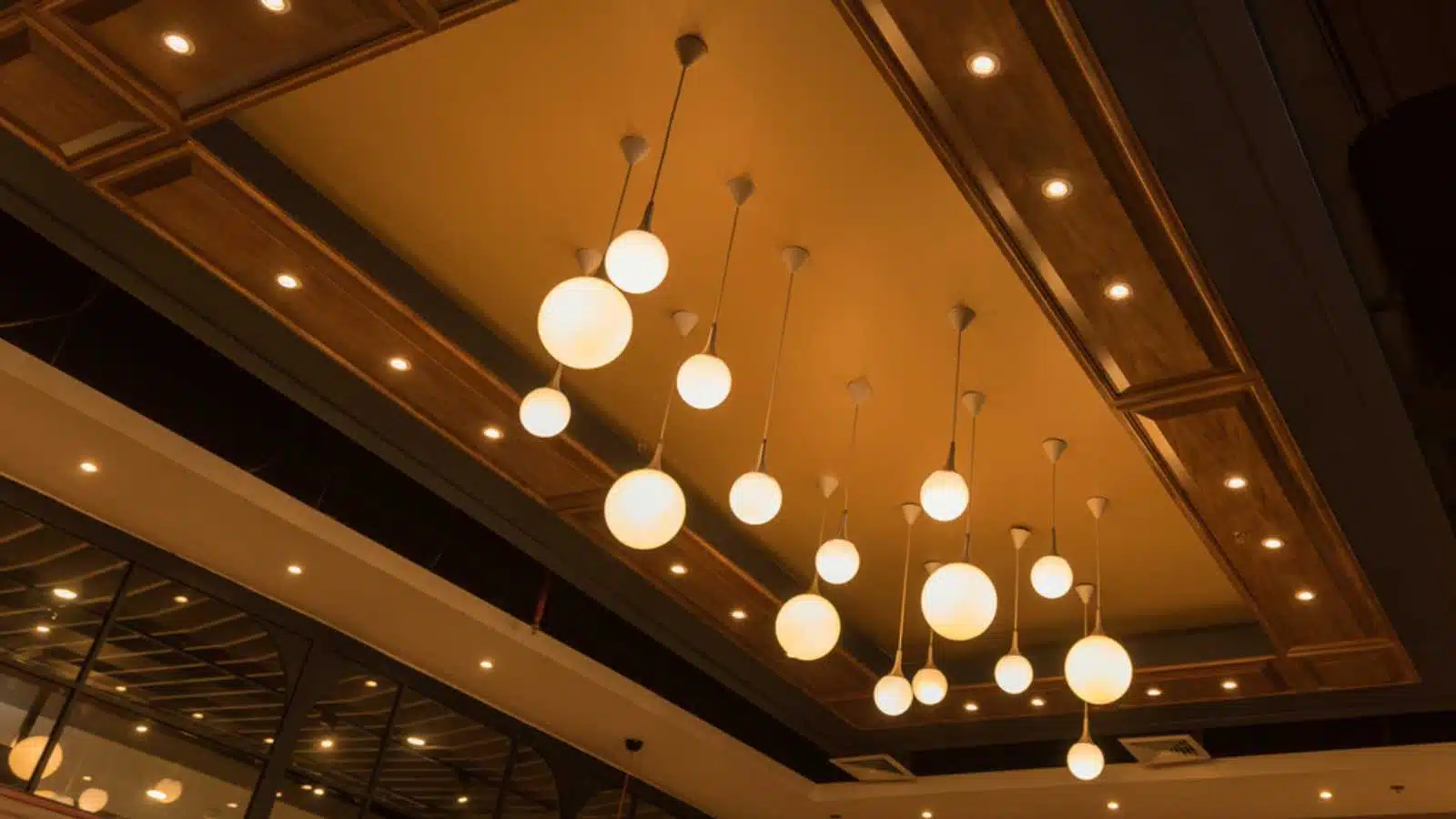
Many DIY enthusiasts often focus on the walls and furniture in a room but may forget about an important part—the ceiling, often called the “fifth wall.” A well-designed ceiling is more than just a covering. It can add depth and interest to the entire space. Think about ways to make your ceiling interesting.
Use wallpapers with cool patterns, incorporate decorative beams, or add a pop of color to make people look up. Any of these options will make the room look better and finish the overall appearance, making the space complete and well thought out. When planning your DIY decor, consider how the ceiling can make a difference in how the room looks and feels.
8. Avoiding Personal Touch
While sticking to design rules is important, forgetting about personal touches can make your space seem plain and lacking in personality. It’s essential to add your own flair to the decor. You can include things that mean a lot to you, like special belongings, family photos, or things you’ve made yourself.
This personal touch makes your space feel more inviting and special, setting it apart from generic designs. Finding the right mix between following a particular style and adding personal elements creates a home that truly feels like yours—a reflection of your unique style and personal preferences.
9. Skipping the Finishing Touches
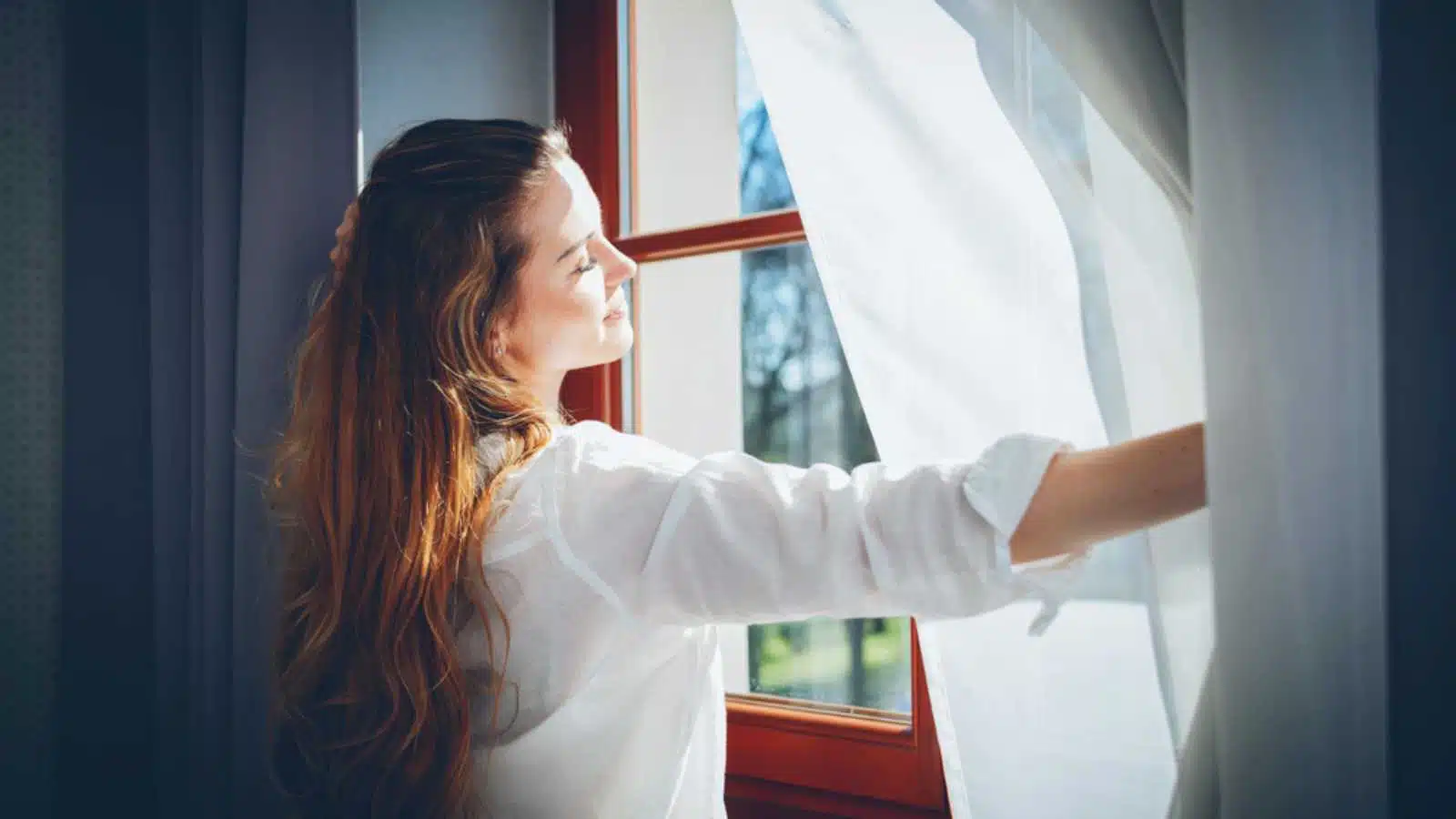
Sometimes, when people decorate, they focus a lot on the big things in a room and forget about the little details that can make a big difference. Paying attention to things like window treatments, hardware, and trim is important. Even though they may seem small, these additions are crucial in improving the overall design.
Noticing these details can lift the whole look of your space and make it feel well put together and polished. It’s these finishing touches that make your decor look complete and sophisticated.
10. Fearing Change
Dealing with the fear of change is a big part of home decorating endeavors. Don’t let this fear stop you. Feel free to experiment with new colors, patterns, or layouts. Being open to change is like unlocking doors to new possibilities. It allows you to explore and figure out what suits your style.
By trying new things, you might discover combinations or arrangements you love but have never thought of. Being okay with change means your decor stays fresh and inspiring instead of getting stuck. It’s a way to keep your decor journey exciting and constantly evolving!

